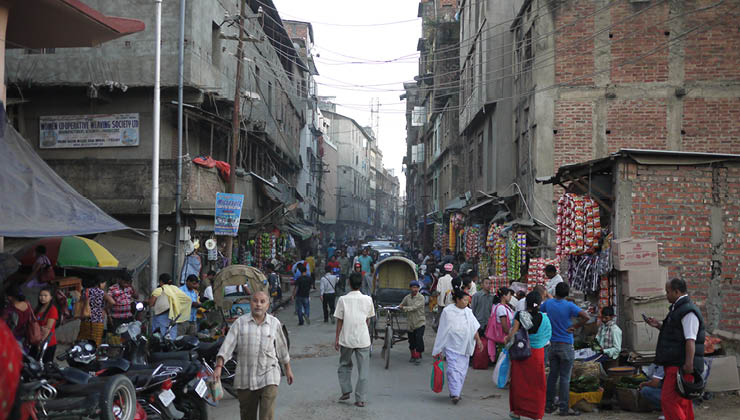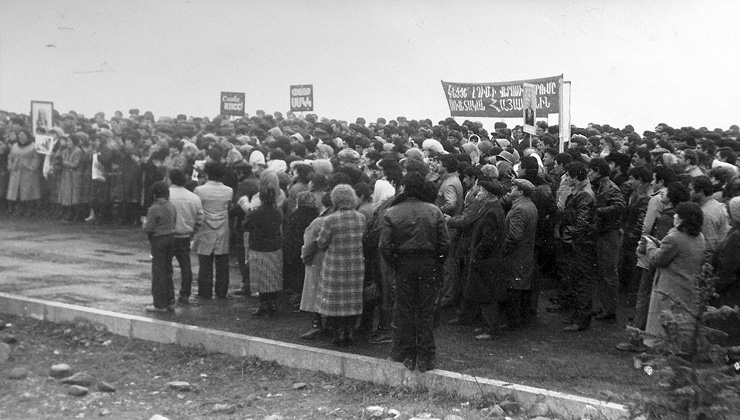Christine Chinkin, Professorial Research Fellow and expert advisor to the Drafting Committee, introduces the new Council of Europe Recommendation on preventing and combating sexism.

Sexism is ‘rampant throughout Europe’ on-line and in everyday public and private life. It is everywhere, its pernicious consequences are felt throughout society, yet there has been no internationally recognised definition of sexism, nor any international instrument dedicated to combating it. This was the starting point of the negotiation and adoption of the Council of Europe Recommendation CM/Rec (2019)1, Preventing and Combating Sexism, which was adopted by the Committee of Ministers on 27 March 2019. The Recommendation comprises three short articles and an Appendix that sets out detailed Guidelines. This post highlights just some of the contents of the Recommendation and Guidelines.
The Recommendation calls for member States to ‘take measures to prevent and combat sexism and its manifestations in the public and private spheres’, to monitor progress in implementation and inform the competent Council of Europe steering committee(s) of measures taken and to ensure its dissemination. In contrast to the brevity of the Recommendation, the Preamble and Guidelines are rich in their depiction of the realities of sexism and sexist behaviours, including humiliation, reducing choices, and contributing to social and structural inequalities and violence.
The Guidelines provide a definition of sexism that fills a gap in international instruments and merits careful attention. It is broad in scope. In essence it covers acts, gestures, words, practices, behaviours that are ‘based upon the idea that a person or a group of persons is inferior because of their sex.’ These behaviours must have the ‘purpose or effect’ of negatively impacting upon a person or group of persons in one or more of five different ways. The definition thus follows that of discrimination in the Convention on the Elimination of All Forms of Discrimination against Women (CEDAW) article 1 by encompassing both subjective (‘purpose’) and objective (‘effect’) sexist behaviours and consequences, for example causing harm or suffering (whether physical, sexual, psychological or socio-economic), violating a person’s inherent dignity (subjectively experienced), creating a hostile environment, or maintaining gender stereotypes (objective consequences).
The Preamble and Guidelines together locate the Recommendation alongside and in conjunction with other international instruments including CEDAW, the European Convention on Human Rights and jurisprudence of the European Court, the Istanbul Convention and other recommendations of the Council of Europe. In language reminiscent of the UN General Assembly Declaration on the Elimination of Violence against Women the Preamble recognises sexism as ‘a manifestation of historically unequal power relations between women and men’ and that its persistence in public and private spheres impedes gender equality and the empowerment of women and girls. It thus makes clear that States have a positive obligation under international human rights law and, for States Parties, under the Istanbul Convention, to tackle sexism. Indeed although adopted later in time, in many ways the Recommendation serves as a prequel to these instruments in that it locates sexism on a continuum of behaviours that begins with unconscious bias and the ‘everyday sexism’ of supposedly harmless jokes and comments, continues through gender stereotypes and gender inequality and may end with deliberate targeted behaviour including gender-based violence and even death. This last may be deliberately inflicted or self-inflicted by victims who find themselves silenced and their self-esteem shattered by the manifestations of sexism they have endured.
Although sexism is experienced disproportionately by women and girls, it is important to recognise that men and boys are also subjected to it. Like the Istanbul Convention the Recommendation recognises that other intersecting factors render people especially vulnerable to violence and sexism, including intersex and trans persons who face ‘additional and/or enhanced challenges with regard to sexism.’ Identifying and tackling sexism and sexist behaviours is thus beneficial for all members of society.
The Guidelines especially emphasise the harmful nature of gender stereotypes, which are both at the core of sexism and reinforce it. In this too the Recommendation amplifies earlier provisions, notably CEDAW article 5 and Istanbul, article 12. The CEDAW Committee has fleshed out article 5 explaining how relying upon gendered and thus discriminatory stereotypes has contributed to human rights violations including domestic violence and women’s access to justice. The GREVIO has stressed the need for ‘early preventive measures such as changing social and cultural patterns of behaviour of women and men, eradicating prejudices and gender stereotypes, and measures to involve all of society, including men and boys, in achieving gender equality and prevention of violence against women’. In similar vein the Recommendation explains that women and men who challenge gender stereotypes may be confronted with sexism and for women, misogyny.
The Recommendation is intended as a practical guide to States and other actors in how to combat sexism at the three levels where it is perpetuated and experienced: the individual, the institutional (e.g. family, workplace, educational settings) and structural (e.g. societal gender inequalities). It therefore suggests both general tools and those specific to certain contexts where sexism is most prevalent, or likely to occur. A number of the latter are identified: language and communications; the Internet, social media and online sexist hate speech; media and advertising, the workplace, the public sector, the justice sector education institutions, culture and sport and the private sphere. Each of these is explained and illustrations given both of the manifestations of sexism and of good practices in response. It seeks maximum flexibility for States in choosing the tools most appropriate to the particular situation but just as sexist behaviours occur on a continuum so too must be State responses. Tools include legislation, training and education programmes, awareness raising, incentives to change behaviour, non-criminal sanctions such as withdrawal of public funding and even, in extreme cases, criminalisation.
Confronting sexism and sexist behaviours, especially in the private sphere is likely to be controversial and difficult to measure. Like CEDAW General Recommendation 35 on violence against women the Recommendation identifies new sites where sexism and sexist hate speech occur and are aggravated by the potential for wide dissemination, including the Internet and social media. Although these offer spaces for promoting freedom of expression and gender equality they also allow perpetrators to engage in abusive behaviours. Artificial intelligence carries the risk of furthering gender bias in a new sphere. But the Recommendation is firm in its conviction that promotion of gender equality in all such programmes is essential to close gender gaps and help to eliminate sexism. It also gives attention to the need for resources – for research, for initiatives, for supporting a designated responsibility for monitoring and evaluating policies and measures for the elimination of sexism in public and private life.
The Recommendation has been adopted at an especially timely moment. On the one hand campaigns such as #MeToo have raised consciousness of the unacceptability of sexist behaviours and the presumed entitlements of patriarchy while on the other there is push-back against gender awareness and women’s rights. As a Recommendation it is not legally binding (although the reservation of the Russian Federation indicates that country’s unwillingness to accept the concept of gender and concern about the Recommendation’s potential impact). Nevertheless the Istanbul Convention followed Recommendation Rec (2002)5 on the protection of women against violence. Perhaps this Recommendation too will prove to be the start of a process that culminates in a further legally binding treaty tackling the sexism that undermines peaceful societies.
This blog was written with the support of a European Research Council (ERC) grant under the European Union’s Horizon 2020 research and innovation programme (Grant agreement No. 786494).
The views, thoughts and opinions expressed in this blog post are those of the author(s) only, and do not reflect LSE’s or those of the LSE Centre for Women, Peace and Security.





